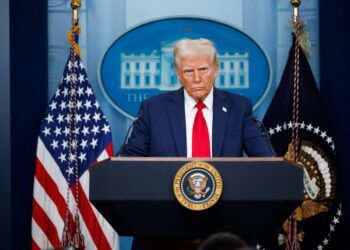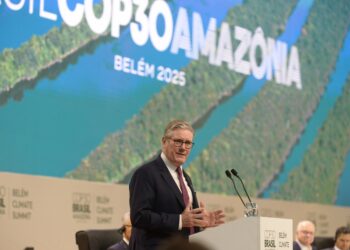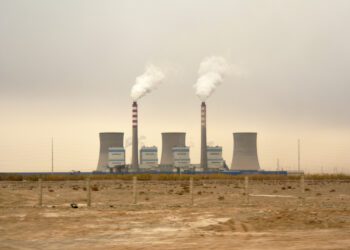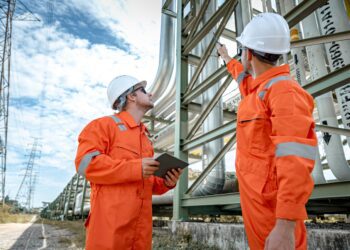With nearly 200 signatories, the Paris Agreement remains the most comprehensive multilateral effort to mitigate the causes and address the effects of climate change. In November, at COP30, signatories will review their climate plans for the third time and discuss what remains a key issue: emission in trade.
Around 25% of global greenhouse gas (GHG) emissions are embedded in international trade, yet such emissions are currently outside global climate reporting frameworks. Global dialogue on the topic is crucial since trade-related emissions by nature cross borders and could be a lever for more finance for net-zero production.
To better understand how the issue of emissions in trade can be addressed, we spoke with two COP30 special envoys: Dr Arunabha Ghosh, CEO of the Council on Energy, Environment and Water, and Professor Laurence Tubiana, President and CEO of the European Climate Foundation.
Here’s what they had to say.
Why is mitigating trade emissions an important issue?
Professor Tubiana: Territorial emissions remain the core of countries’ commitments under the United Nations Framework Convention on Climate Change (UNFCCC). Countries decided that in the 1992 Rio Convention based on jurisdiction over activities in their territory. It was also considered a good way to approach mitigation commitments. However, today the approach has a blind spot, which is the significant share of global emissions embedded in international trade. G20 economies account for about 80% of these emissions.
For Europe, the issue is particularly acute – the emissions imported by the EU are almost 40% of its overall GHG footprint, a conservative estimate that does not include emissions from deforestation. We need these emissions to be integrated in policymakers’ dashboards when it comes to mitigation goals, because through their market access rules, countries have the possibility to induce lower carbon production practices abroad, and lower carbon consumption at home.
That said, it’s also important to recognise risks of undue market protection within this policy area. Dialogue is key to strike a balance. Building policies based on embedded GHG emissions across international supply chains can be the start of a more cooperative trade, investment and climate agenda in a moment of significant global instability.
Read the full article by Kimberley Botwright and Jeet Kar / World Economic Forum












